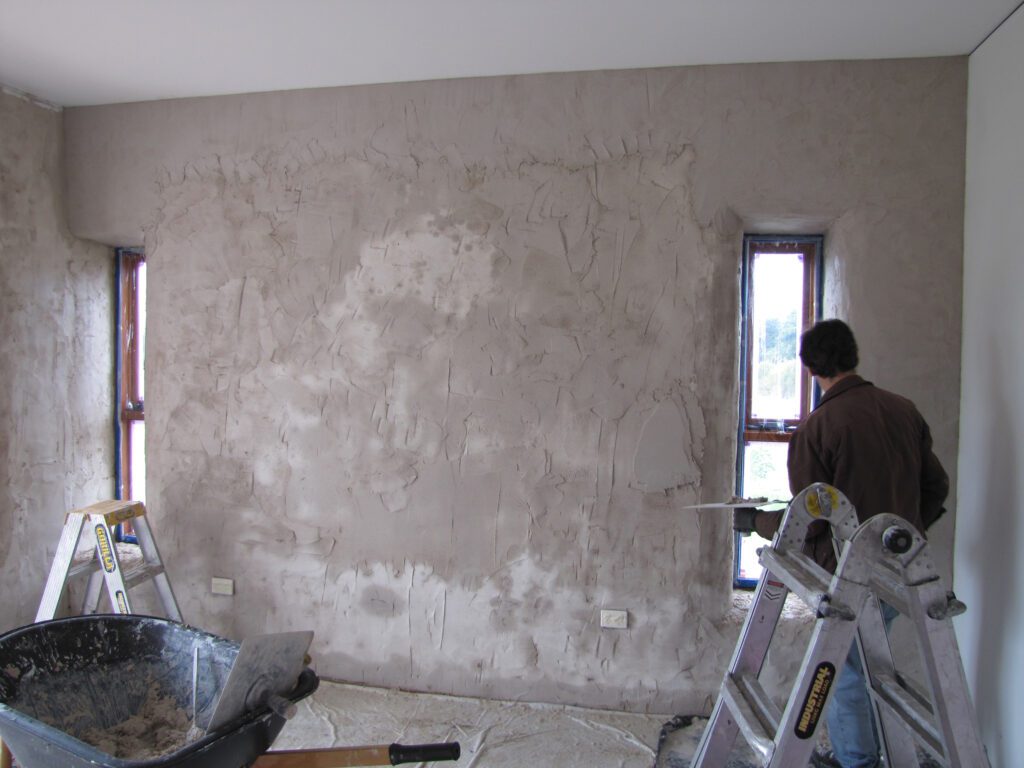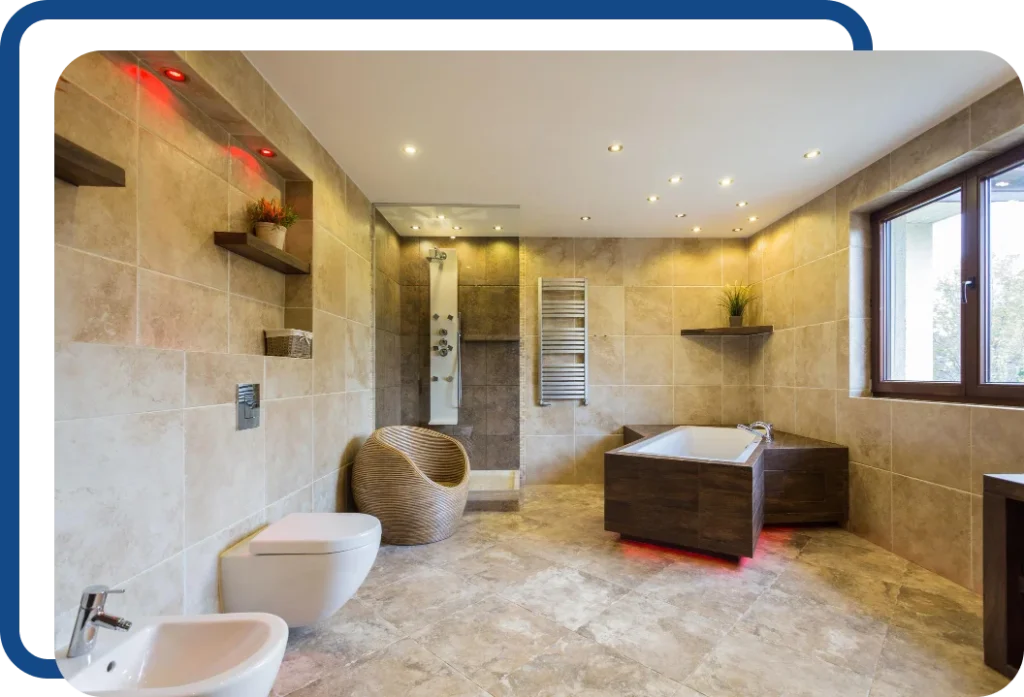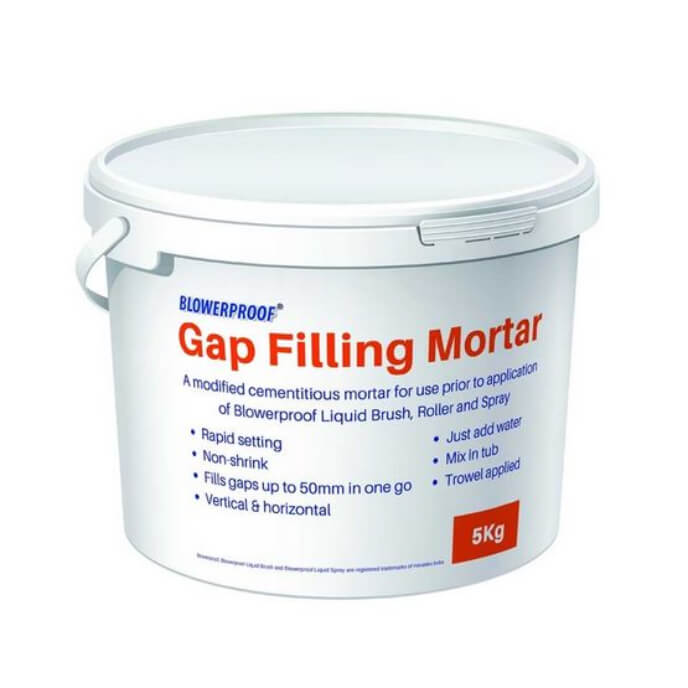The True Cost of Renovating a Bathroom: Expert Guide for Kent Homeowners
Discover the real cost of renovating a bathroom in 2024, backed by local expertise and proven solutions that won’t break your budget. Understanding Basic Bathroom Renovation Costs Renovating a bathroom in Kent requires careful planning and budgeting. As of 2024, bathroom renovation costs can vary significantly depending on the scope of work and quality of materials chosen. Basic bathroom renovation costs typically start from £5,000, while luxury transformations can exceed £30,000. Understanding these cost brackets is essential for planning your project effectively and ensuring you achieve the desired results within your budget. Entry-Level Renovations (£5,000-£10,000) Basic fixture replacements (toilet, sink, taps) Simple tiling work for walls and floors Standard bathroom suite installation Basic lighting updates Essential plumbing work Simple decorative elements Mid-Range Updates (£10,000-£20,000) Quality bathroom suite with enhanced features Premium tiling and flooring options Improved lighting solutions Built-in storage solutions Heated towel rails Enhanced ventilation systems Luxury Bathroom Transformations (£20,000-£30,000) High-end designer fixtures and fittings Custom-made furniture and storage Premium materials throughout Underfloor heating systems Smart technology integration Bespoke design elements Breaking Down Individual Costs Understanding the cost of individual elements helps create a more accurate budget. In Kent, labour costs typically account for 40-60% of the total budget, with materials making up the remainder. The quality of materials chosen can significantly impact the final cost, with premium options potentially doubling or tripling the basic cost of fixtures and fittings. Essential Fixtures and Fittings Toilets: £200-£800 Basins: £150-£600 Baths: £300-£3,000 Shower enclosures: £400-£2,000 Taps and mixers: £50-£500 per item Tiles: £20-£100 per square metre Labour Costs in Kent Professional installation and labour costs in Kent typically range from £200 to £400 per day, depending on the complexity of work required. A complete budget bathroom renovation usually takes between 7 and 14 days, with specialist tasks like tiling and plumbing requiring additional expertise and time. Material Quality and Price Variations The choice of materials significantly impacts the overall cost. Premium materials not only cost more initially but often offer better durability and aesthetic appeal. Consider factors like water resistance, ease of cleaning, and longevity when selecting materials. Hidden Costs and Considerations Several often-overlooked factors can affect your bathroom renovation budget. Understanding these potential additional costs helps avoid unexpected expenses and ensures a more accurate budget planning process. Structural Changes and Planning Permission Building control fees: £200-£500 Structural engineer reports: £500-£1,500 Planning permission (if required): £200-£400 Party wall agreements: £700-£1,000 Plumbing and Electrical Updates Older properties may require significant plumbing or electrical updates to meet current regulations. This can add £1,000-£3,000 to your budget. Always ensure work complies with current building regulations and is carried out by certified professionals. Unexpected Issues and Contingency Planning Set aside 10-20% of your budget for unexpected issues such as damp, asbestos removal, or structural problems that may only become apparent once work begins. Maximising Your Investment A well-planned bathroom renovation can add significant value to your property. The average return on investment for bathroom renovations in Kent is approximately 70%, making it a worthwhile investment when done correctly. Return on Investment Considerations Focus on quality fixtures and timeless design Ensure proper waterproofing and ventilation Consider energy-efficient options Maintain proportion with house value Choose neutral colours for broader appeal Cost-Saving Tips Without Compromising Quality Save money without sacrificing quality by keeping the existing layout, choosing mid-range materials strategically, and focusing on high-impact improvements. Consider timing your renovation during off-peak seasons when contractors may offer better rates. Choosing the Right Contractors in Kent Select experienced, licensed contractors with good references and proper insurance. Request detailed quotes from at least three contractors and ensure they understand your vision and budget constraints. Planning Your Bathroom Renovation Budget Creating a detailed budget plan is crucial for a successful bathroom renovation. Break down costs into categories and prioritise elements based on importance and impact. Timeline and Project Planning Design and planning: 2-4 weeks Demolition: 1-2 days Plumbing and electrical: 2-3 days Tiling and waterproofing: 3-5 days Fixture installation: 2-3 days Final touches: 1-2 days Payment Schedules and Financing Options Most contractors require a deposit (typically 25-30%) with staged payments throughout the project. Consider various financing options, including home improvement loans or equity release, if needed. Professional Quotes and Comparisons Obtain detailed, itemised quotes from multiple contractors. Compare specifications carefully and ensure all quotes include the same scope of work for accurate comparison. Expert Tips for Success Successfully managing a bathroom renovation requires attention to detail and careful planning. Consider these professional insights to ensure your project runs smoothly. Common Pitfalls to Avoid Underestimating project timeline Choosing unsuitable materials Neglecting ventilation requirements Poor waterproofing Inadequate lighting planning Working with Local Regulations Ensure all work complies with local building regulations and obtain necessary permissions. Work with contractors familiar with Kent’s specific requirements and regulations. Maintenance and Longevity Considerations Choose materials and fixtures that are durable and easy to maintain. Consider long-term maintenance costs when selecting products and finishes. Regular maintenance can extend the life of your renovation and protect your investment. FAQ Can you update a bathroom for $5000? On average, you can start remodeling a bathroom with only $2,500 and go up to $23,000. If your budget is $5,000, you can easily carry out the remodel. But, you may have to settle for necessary materials and even put in some effort yourself to complete the work. Can you remodel a bathroom for $20000? A 10×10 bathroom remodel costs around $10,00 to $20,000. A bathroom with these dimensions is considered a master bathroom. At this size, you can have endless ways of arranging the space according to your needs. Why remodeling a bathroom is expensive? Frequently Asked Questions. Why is remodeling a bathroom so expensive? Bathroom remodeling often involves skilled labor, plumbing, electrical work, and high-end materials and fixtures, making it one of the most expensive home projects. It may also require updates to a room’s layout. Can I renovate my bathroom for $10000? It might be cheaper than under-floor heating, as well. You can complete your bathroom renovation for under $10,000,
The True Cost of Renovating a Bathroom: Expert Guide for Kent Homeowners Read More »










